Introduction to the categories and characteristics of Coffee Coffee Classification Chart
Many people seem to be addicted to coffee and are willing to spend a lot of time in long queues in famous coffee chains, but do they really know anything about coffee? I'm too embarrassed to ask the clerk some basic questions about coffee. Let's popularize the 8 things you need to know about coffee to improve your coffee taste in a minute.
1. Shallow baking (Light Roast) vs deep baking (Dark Roast)
According to the American classification, the roasting of coffee beans can be divided into eight stages from shallow to deep. The taste of coffee mainly depends on the baking degree. Generally, the deeper the roasting degree, the stronger the bitter taste, and the lower the roasting degree, the higher the sour taste. Baking depth mainly depends on the characteristics of raw beans, personal preferences and other factors.
two。 Arabica (Arabica) vs Robusta (Robusta)
In terms of varieties, coffee trees are mainly divided into two types: one is Arabica, the other is Robusta.
Arabica coffee is mainly produced in tropical South America, such as Central Brazil, with smaller bean shape, lower caffeine content and higher price.
Robusta is produced in Madagascar in west-central and eastern Africa, and Indonesia in Asia. It has a large bean shape, about twice the caffeine content of Arabica, and a low price.
Ps: about 75% of the world's coffee is Arabica, but only 10% is coffee that can be used in high-end coffee shops.
3. Espresso (Espresso) vs dripping Coffee (Drip)
Espresso is made by letting hot water flow through a handful of fine coffee powder under high pressure, with high caffeine concentration and coffee fat.
The dripping coffee is to let the boiling water through the coarse ground coffee powder, the caffeine concentration is low, basically does not contain coffee fat, is more suitable for drinking in large quantities.
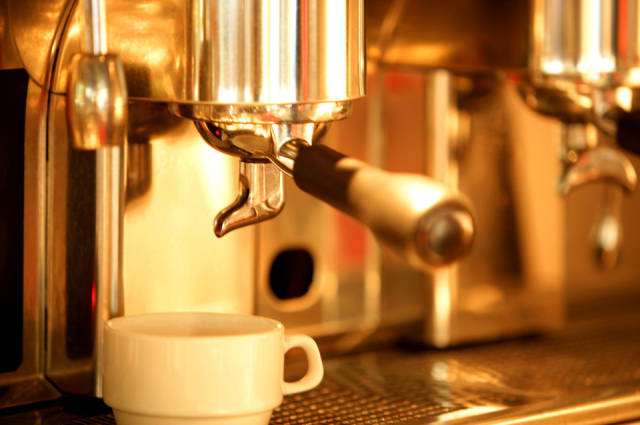
4. Latte (Caffee Latte) vs cappuccino (Cappuccino)
Lattes and cappuccinos both belong to milk coffee. The main difference lies in the ratio of espresso, milk and milk bubbles. For cappuccino, the amount of espresso, hot milk and foam should be the same (1:1:1), while hot latte milk is more (1:2:1). The latte tastes more compact and delicate, while cappuccino is slightly dry.
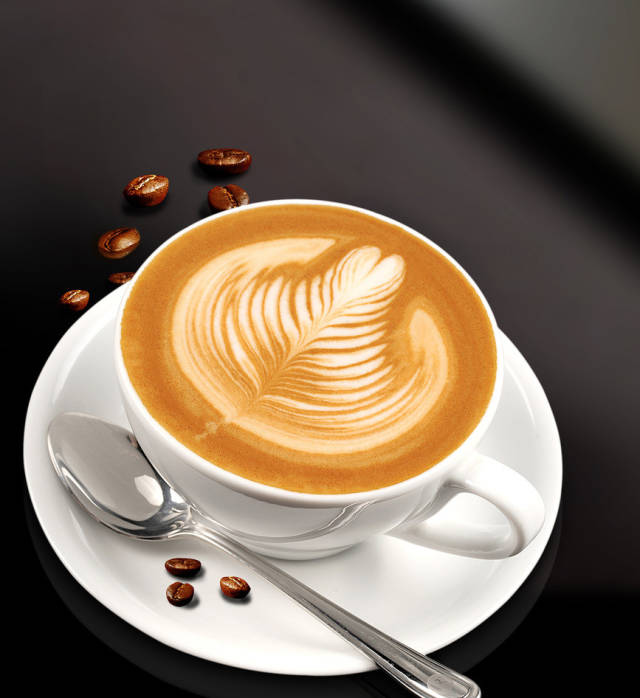
5. Latte (Caffee Latte) vs Ole coffee (Cafe au Lait)
Simply put, lattes are made from Espresso and steamed milk, while Ole coffee is made from dripping coffee with steamed milk.
6.Espresso or Expresso?
If the above 5 points are not clear for the time being, remember to pronounce them correctly first! Espresso is Italian, meaning "under pressure". In a coffee shop, if you ask for "spr so", it means you are in a hurry; Expresso can only make the clerk laugh.
7. The coffee spoon is not for scooping coffee.
Add sugar and stir coffee is the "full-time" coffee spoon, use it to scoop a sip of coffee is a rude thing, and do not use it to "help" smash the cube sugar in the cup. When drinking, take it out of the cup and put it on the plate.

8. Blowing cold coffee with your mouth is not elegant enough.
Drink coffee while it is hot. If it is too hot, gently stir it with a coffee spoon to cool it, or wait for it to cool naturally before drinking. If you try to cool your coffee with your mouth, remember that this is an impolite gesture.
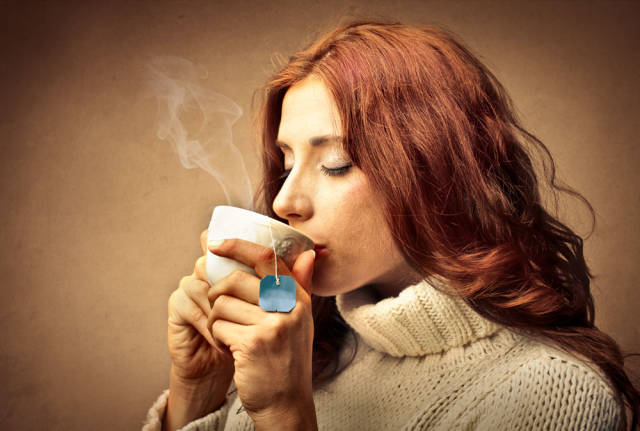
If you are still dizzy after reading the above text, look directly at this easy-to-understand coffee classification map.
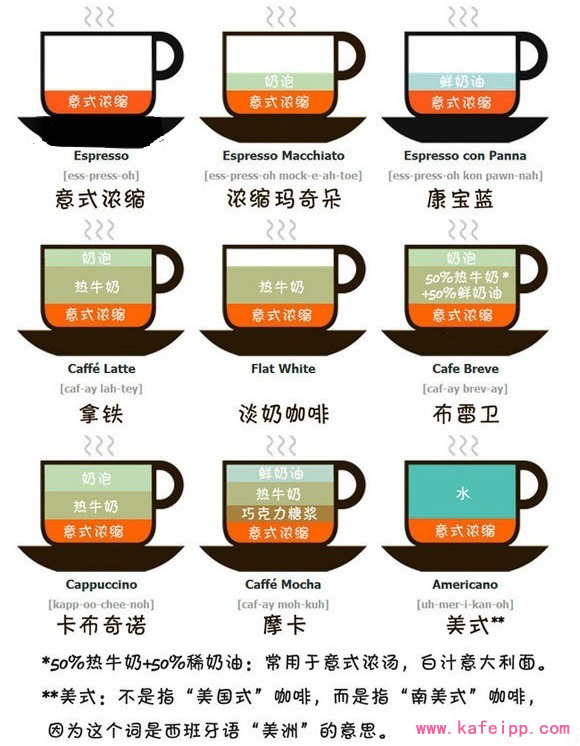
Important Notice :
前街咖啡 FrontStreet Coffee has moved to new addredd:
FrontStreet Coffee Address: 315,Donghua East Road,GuangZhou
Tel:020 38364473
- Prev

In addition to drinking coffee, there are 7 major beauty effects!
Coffee has become an indispensable part of our lives. What you don't know is that coffee has an unexpected effect on beauty. NO.1 antioxidants A cup of coffee contains extremely high levels of antioxidants, which can help improve the overall health of the skin. Antioxidants can delay the premature aging of the skin caused by sunshine and pollution, and can also remove free radicals that are harmful to the skin. In coffee
- Next
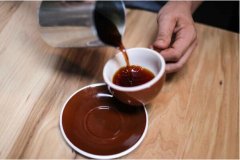
How many of these unpopular coffee knowledge do you know?
Now there are always several unique coffee shops in every city, and many people are used to spending time in coffee shops. Maybe some people know a lot about coffee, but I don't know how many people have really heard of coffee. Here, the editor of China Coffee Network will take a look at this unpopular knowledge of coffee and really understand it.
Related
- Detailed explanation of Jadeite planting Land in Panamanian Jadeite Manor introduction to the grading system of Jadeite competitive bidding, Red bid, Green bid and Rose Summer
- Story of Coffee planting in Brenka region of Costa Rica Stonehenge Manor anaerobic heavy honey treatment of flavor mouth
- What's on the barrel of Blue Mountain Coffee beans?
- Can American coffee also pull flowers? How to use hot American style to pull out a good-looking pattern?
- Can you make a cold extract with coffee beans? What is the right proportion for cold-extracted coffee formula?
- Indonesian PWN Gold Mandrine Coffee Origin Features Flavor How to Chong? Mandolin coffee is American.
- A brief introduction to the flavor characteristics of Brazilian yellow bourbon coffee beans
- What is the effect of different water quality on the flavor of cold-extracted coffee? What kind of water is best for brewing coffee?
- Why do you think of Rose Summer whenever you mention Panamanian coffee?
- Introduction to the characteristics of authentic blue mountain coffee bean producing areas? What is the CIB Coffee Authority in Jamaica?

